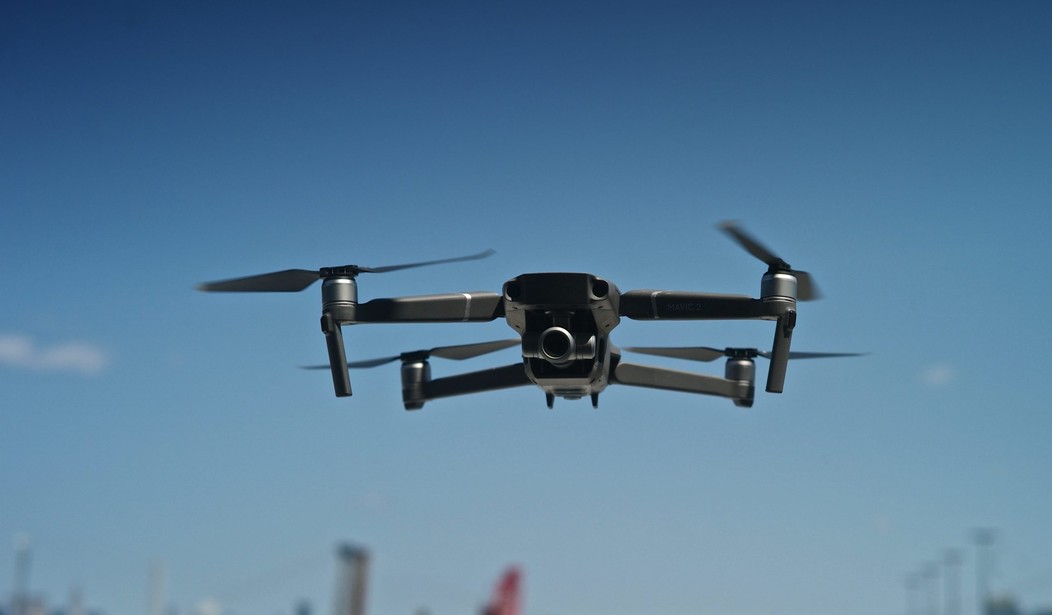WASHINGTON — The Federal Aviation Administration reauthorization passed overwhelmingly by the Senate this week moves forward rulemaking on a traffic management system for drones, a venture being undertaken cooperatively by the FAA, NASA and Uber.
UberElevate is the division of the ride-sharing company working to develop uberAIR, an “urban mobility” project that aims to deploy air taxis by 2023.
“In order to operate at affordable prices and serve customers well, we intend to fly thousands of aircraft in each metropolitan area that we serve,” UberElevate Director of Engineering for Airspace Systems Tom Prevot told the House Transportation and Infrastructure Aviation Subcommittee last month. “The traditional human-centered air traffic system, however, is not designed to manage air traffic at this scale. Therefore, we applaud NASA and FAA for developing the novel concepts and technologies for unmanned aircraft systems traffic management.”
Uber has signed two agreements with NASA, one for the development of the UAS Traffic Management (UTM) system. Under that agreement, Prevot said, “We are actively collaborating with NASA and a number of other companies to develop and test the information exchange protocols between the FAA systems and the industry-based UAS service supply assistance.”
The new FAA Reauthorization Act includes other changes for drone operators, including the repeal of Section 336 with the result of giving the FAA the right to regulate recreational drones.
This would include the requirement for drone pilots to pass an Aeronautical Knowledge Test. All drones would also have to be registered and marked with identification.
The Department of Homeland Security is happy with the FAA bill passage because it rolled in legislation that gives law enforcement more powers to take down drones viewed as a threat.
“The evolving threat posed by malicious drone technology is quickly outpacing the federal government’s ability to respond,” DHS Secretary Kirstjen Nielsen said Wednesday. “Transnational criminals use drones to identify security gaps in order to sneak into the country undetected. Smugglers use drones to bring illegal drugs across the border. Terrorist groups aspire to use armed drones against our homeland and U.S. interests and have already deployed such devices abroad to surveil, disrupt, and kill.”
“Existing legal constraints and statutes have prohibited the Department of Homeland Security from addressing these drone-threat scenarios and protecting the American people,” she added. “The Department’s lack of authorities also prevented us from testing truly needed drone-defense technologies. Today Congress took a major step forward to address these vulnerabilities.”
Brian Wynne, president and CEO of the Association for Unmanned Vehicle Systems International, said the industry group supports the law “as these necessary steps will help encourage innovation and safety while accelerating the commercial use of UAS.”
Wynne said rulemaking on a UAS Traffic Management system “will help ensure the safe and efficient use of the national airspace.”
“The legislation also includes the implementation of remote identification standards. The ability to remotely identify and track UAS is the linchpin needed to advance the UAS industry, and it is critical for the ultimate realization of expanded operations, such as beyond line of sight and package delivery,” he added. “Additionally, the bill addresses national security concerns by granting DHS and DOJ the authority to mitigate potentially malicious UAS operations. This will help keep our skies safe and secure for all aircraft – manned and unmanned.”
Another drone advocacy group, the Academy of Model Aeronautics, had urged congressional leaders in a letter last month to develop a regulatory system “that increases safety and security of the aviation system without creating undue burdens on longtime, existing users of the airspace.”
“The growing diversity of the UAS industry – from AMA’s weekend hobbyist operating line-of-sight to the advent of package delivery drones over crowded urban areas – precludes a single regulatory framework,” wrote AMA president Rich Hanson. “AMA supports Congress giving the FAA the authority it needs to safely integrate new and complex UAS into the airspace, while maintaining the light regulatory touch that model aircraft hobbyists have operated under safely for decades.”









Join the conversation as a VIP Member